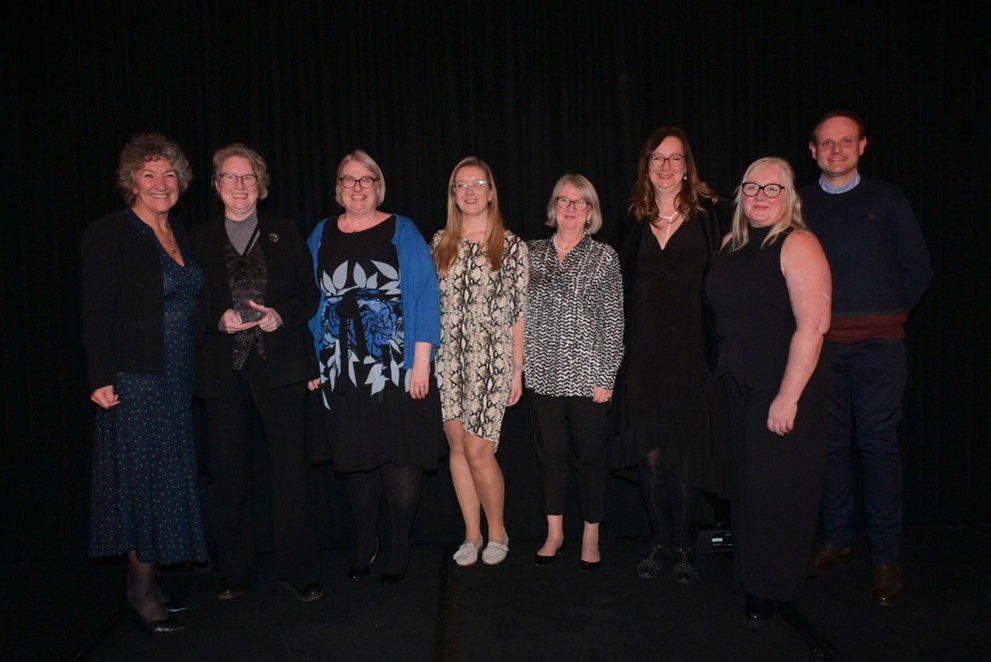From January 2026, charities in England and Wales will need to follow new accounting and reporting rules that could reshape how organisations think about measuring their impact.
The Statement of Recommended Practice for charities (known as the Charities SORP) is being updated, introducing a three-tier system designed to make reporting more proportionate to charity size. But it also signals something more significant: impact reporting is becoming an expected part of charity accountability, not just an optional extra.
What’s changing
The new SORP 2026 will apply to any charity preparing accruals accounts from 1 January 2026 onwards. The headline change is the introduction of three tiers based on annual income:
- Tier 1: up to £500,000
- Tier 2: £500,000 to £15 million
- Tier 3: over £15 million
Each tier has different reporting requirements, with larger charities expected to provide more detailed information in their trustees’ annual reports.
The new rules also update requirements around income recognition and lease accounting, alongside refreshed guidance on reporting financial reserves and future plans.
Impact reporting becomes formal
The new SORP includes dedicated sections on impact reporting, as well as environmental, social and governance issues. These are described as “areas of particular interest to the public and donors” and are now woven into the formal reporting framework.
For charities with income over £500,000 (Tiers 2 and 3), the enhanced reporting requirements mean that demonstrating impact is becoming part of the job, not a nice-to-have for when there’s time and resources.
Why this matters
This shift in the formal rules reflects what’s already happening on the ground. Funders, from the National Lottery Community Fund to trusts and foundations, increasingly expect to see evidence of impact. The new accounting rules catch up with that reality and give it official weight.
But there’s a broader implication. Even charities under £500,000 – who’ll have lighter reporting requirements under Tier 1 – will likely find themselves pulled along by the same current. When impact reporting becomes standard practice for thousands of medium and larger charities, it becomes harder to argue it’s not relevant or feasible for smaller organisations too.
Good impact measurement helps charities understand what’s working, make better decisions, and communicate their value to the people who matter: beneficiaries, funders, and communities.
Making it manageable
The challenge, particularly for smaller organisations or those new to impact measurement, is that it can feel overwhelming. The good news is that impact measurement doesn’t have to mean complex evaluation frameworks or expensive consultants.
Starting with clear outcomes, simple ways to track progress, and regular reflection on what you’re learning can take you a long way. The key is building it into your work from the start, rather than treating it as a reporting exercise at year-end.
Tools like the Social Value Engine can help charities structure their approach to impact measurement, making it easier to track outcomes consistently and generate the reports that trustees and funders expect. Having a systematic way to collect and analyse impact data means less scrambling when reporting deadlines approach.
Getting ready
If your charity hasn’t already started thinking about impact measurement, now is a good time to begin. The new rules come into force in January 2026, but building good practices takes time.
For detailed information about the changes, including technical guidance on lease accounting and revenue recognition, visit the Charity SORP website. The Charity Commission has also published guidance on the changes, including updates to financial thresholds for audits and examinations.
If you’d like to discuss how the Social Value Engine can help your organisation prepare for the new reporting requirements, get in touch with us. We’re happy to talk through your specific needs and how impact measurement can work practically for your charity.


